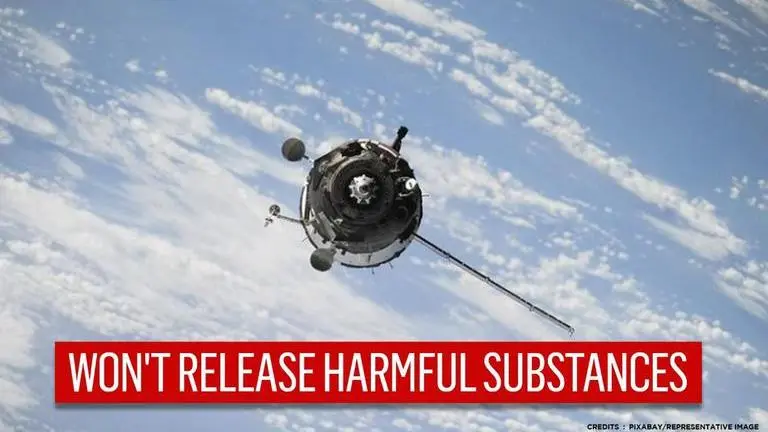Updated 29 December 2020 at 19:05 IST
Japan constructing first-ever 'wooden satellites' to cut space junk, will launch by 2023
Japan logging firm Sumitomo Forestry announced that space junk was turning into one of the most challenging problems and it will use wood to build spacecrafts.
- World News
- 3 min read

A Japanese logging company and Kyoto University will develop the world's first-ever wooden satellites to be launched in 2023. Sumitomo Forestry announced that as the space junk was turning into one of the most challenging space problems, it was conducting research on tree growth and will utilize wood to build spacecraft and satellites for space. According to a BBC report, the Japanese company cited that the fibrous structural tissue from the wood would not release the harmful substances into the atmosphere and the eco-friendly satellite campaign will help reduce space junk pollution.
A professor at Kyoto University and Japanese astronaut, Takao Doi, told sources of BBC that the company was exceedingly concerned with the impact the satellites which re-enter the Earth's atmosphere make as it burns and creates tiny alumina particles that float in the upper atmosphere and cause pollution. Furthermore, in his statement, he stressed that space junk pollution eventually harmed the environment of the Earth.
He informed that the company had commenced working on the engineering model of the satellite, and in subsequent days will manufacture the flight mode. Doi had visited the International Space Station (ISS) and had analyzed that there were close to 23,000 identified man-made fragments that floated across space and could not be disposed of. According to Doi, while there were approximately 2,500 rockets orbiting in space, junk such as the dead rockets to errant nuts and bolts were also seen floating.
Advertisement
[A computer-generated image representing space debris as could be seen from high Earth orbit. The two main debris fields are the ring of objects in geosynchronous Earth orbit and the cloud of objects in low Earth orbit. Image via NASA]
Advertisement
Space junk pollution
An estimated 20,000 objects—including satellites and space debris—are crowding low-Earth orbit and pose imminent threats such as private collision risks with the orbiting satellite. According to a new study published by colorado university, the most effective method to resolve the space junk problem was technological or managerial management of the satellites launched in the future.
“Space is a common resource, but companies aren’t accounting for the cost their satellites impose when they decide to launch,” economist Matthew Burgess, a CIRES Fellow, and co-author of the new paper said. "By reducing future satellite and debris collision risk, an annual fee rising to about $235,000 per satellite would quadruple the value of the satellite industry by 2040," the author of The Proceedings of the National Academy of Sciences suggested.
[Wooden satellite. Credit: Twitter/@kitsatellite]
Published By : Zaini Majeed
Published On: 29 December 2020 at 19:07 IST



